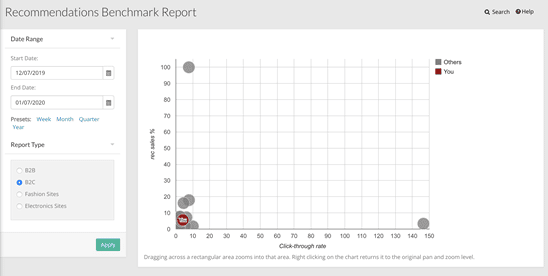SPRING ‘20 RELEASE
BOLSTERING HYPER-PERSONALIZATION
“Make it all about me” is what we expect as consumers. No wonder then that personalization was voted marketing word of the year in 2019. It’s gratifying to note that personalization leaders are driving tangible revenue growth and more efficient marketing spend. However, only 15 percent of CMOs believe that their company is on the right track with personalization.
As you re-think personalization, we want to remind you of Hyper-Personalization, that we introduced last year with our Winter ’19 release. With Hyper-Personalization, we help you take the next evolutionary step in knowing your customers better, understanding their individual needs, and inspiring them to continue shopping – all with tremendous control for the data-driven business users across the organization – whether in marketing, analytics, digital, merchandising or commerce teams.
With the Spring Launch ‘20, we continue to empower business users, so they can activate machine learning models without burdening data science and technology teams.
Read on to get a sneak peek into the key new features.
Affinity biased recommendations
Personalization typically uses an individual’s history to make recommendations, but this can be limiting as you are unaware of a shopper’s affinities towards different attributes. We have recently added affinity biased recommendations, that score every individual on attributes such as brand, category, color, price, promotions and so on, and consider not just purchases, but also actions such as views and products in the cart.
In addition, the marketer can control weights of different attributes, such as color being weighed higher than brand. Recommendations are then auto re-ranked to match the shopper affinities for the newly defined weights. For one of our early adopter customers, affinity based recommendations have resulted in over 35% higher attributable sales, compared to the base model, in Q1 ‘20.

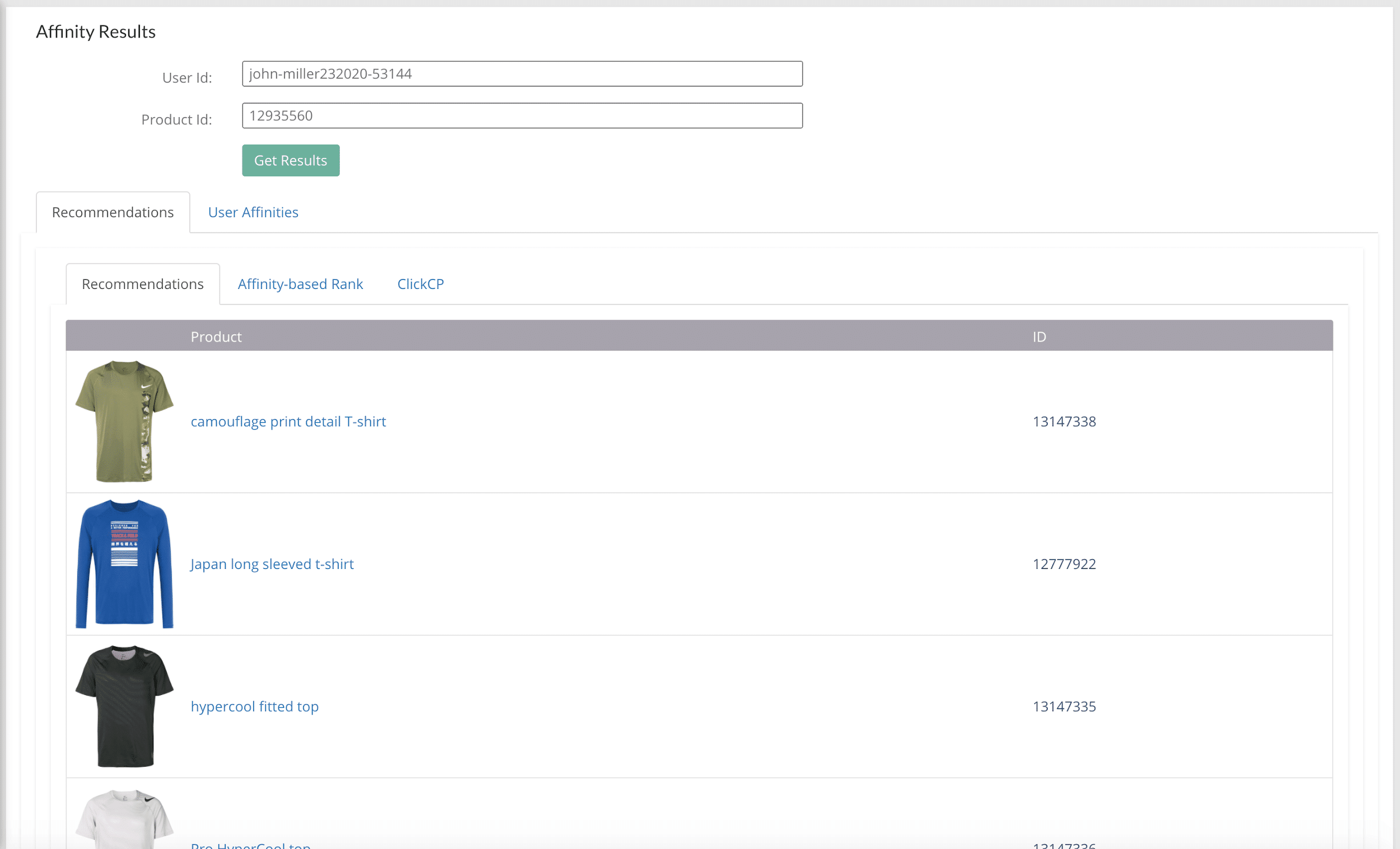
Real-Time Catalog Updates
The accuracy of commerce search is linked to the engine’s ability to identify user intent, as well as validity of catalog. With this update of Streaming Catalog API, our search solution FIND™ will automatically be able to identify any changes to price and availability of items in the catalog, and update these attributes in real-time. This is a first in the industry, as most engines are updated only once in a day, leading to dented search results. In addition to keeping catalog live, we now offer new faceting for price ranges, for e.g. you can add a facet that shows products between $11- $20, or any other price range.
Marketer Controlled Onsite Placements
With the Experience Designer, marketers can now insert placements of individualized recommendations, as well as segment based content directly on the live web page, without navigating to another tool or IT intervention. This makes it possible for them to create, preview and launch campaigns on the fly. This complements the Experience Browser, that provides business users complete AI transparency. i.e., why an experience was chosen for an individual, and what is the performance of the chosen decision.
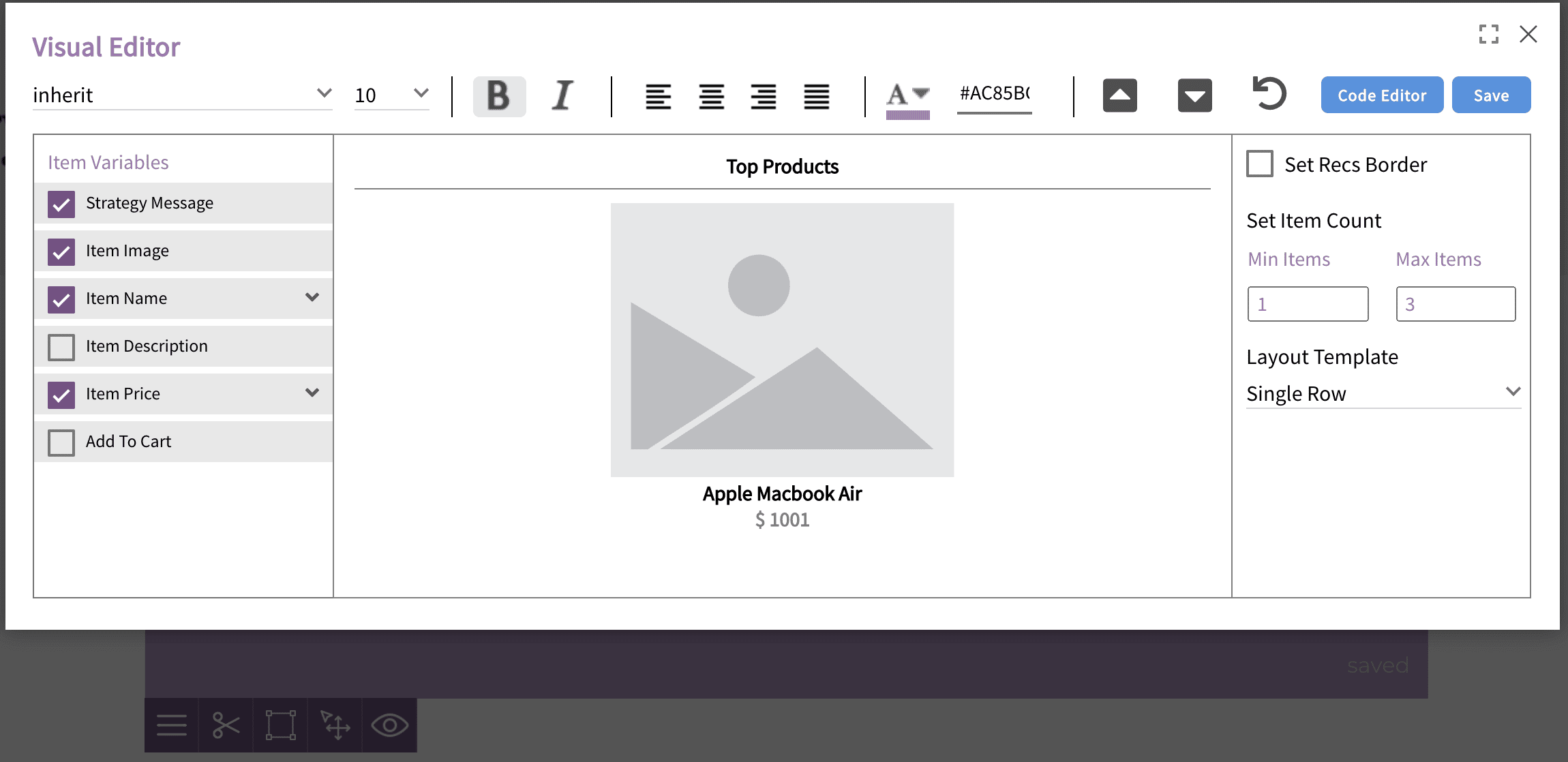
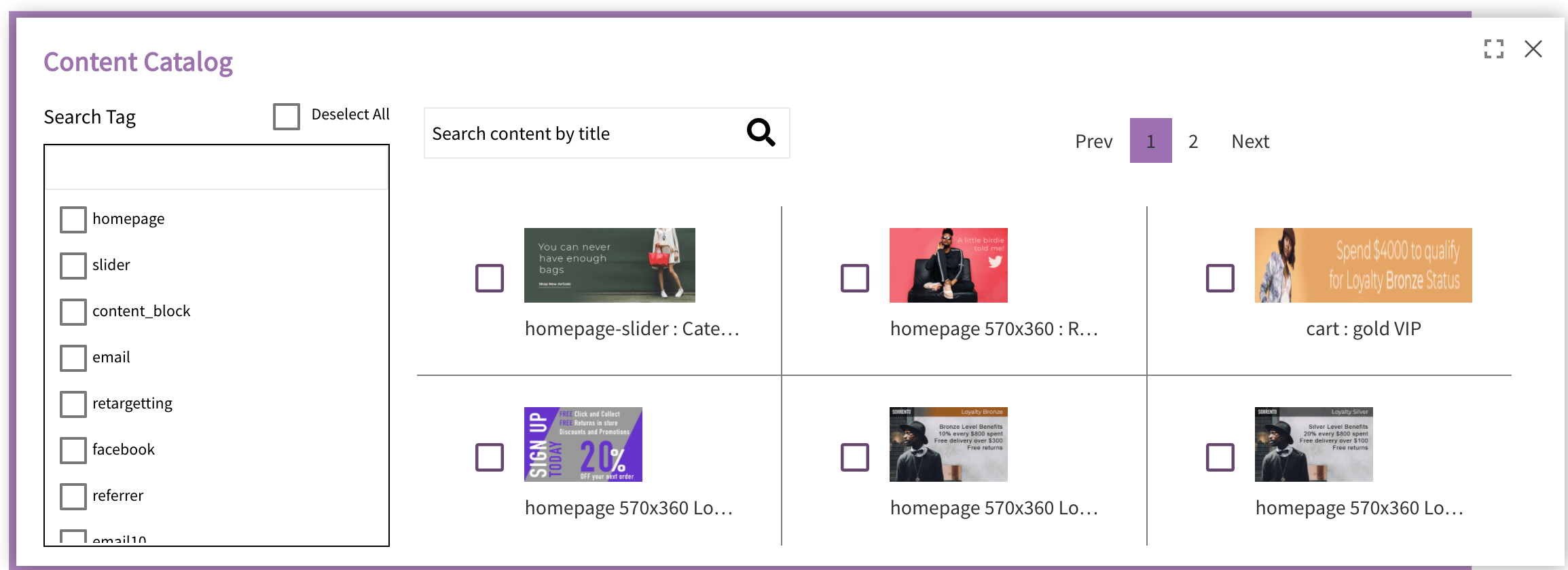
Marketer Driven Strategy Configurations
Marketers and experience managers often want to test certain hypotheses, for e.g. items that are popular in the shopper’s geo-location will perform better than items that are viewed together universally. Configurable strategies enable non-tech users to quickly build, test and iterate new personalization strategies, without having to wait on data science and engineering teams.
Users can pick from a library of algorithms (such as viewed together, co-purchase), and then apply a personalization filter (such as shopper’s brand history). The present configurations allow users to create up to 64 new strategies on their own, within seconds
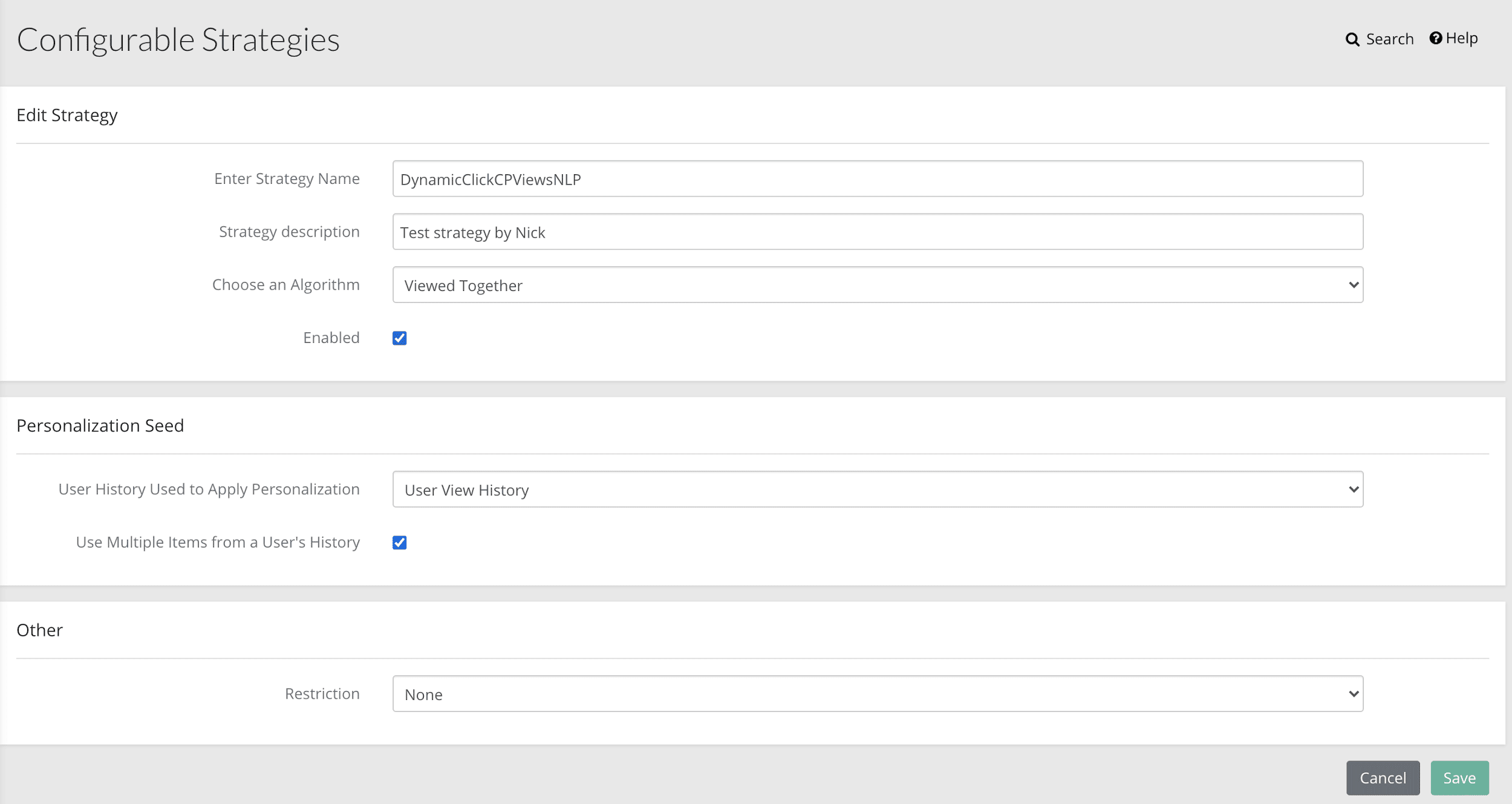
Customizable Model Parameters
Similar to building new models, business users want to tweak certain parameters in an existing model to get more accurate results. Some examples of customizations possible are
- Set a custom lookback period for top sellers, that can range from 1 to 30 days, instead of the standard 30 days. Hence, if marketing launched a promotion 11 days back, you can set the lookback accordingly to see the top sellers in the promotion period
- Set different lookback periods for different models, e.g. 13 days for online purchases vs. 6 days for omnichannel sales
- Controls to suppress occurrence of products that are always bought in a shopping trip, e.g. bananas are bought every time, and hence you may want to remove them from top sellers, or from a co-purchase strategy result

Ready Benchmarking with Industry Pioneers
With the new Benchmark Report, you can now measure yourself on personalization metrics such as sales from recommendations and click-thru-rate against peers from your vertical – be it fashion, consumer goods, beauty, B2B or grocery.
